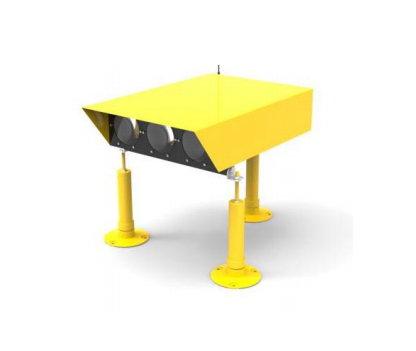Industry-News Home > News > Industry-News
Frequently Asked Questions about PAPI light
Date:8/31/2021 1:28:10 AM
What is a PAPI (precision approach path indicator) light?
PAPI lights are a set of lights positioned beside the runway which provide pilots with a visual indicator of their aircraft’s position relative to the correct glidepath for the runway.
Where are PAPI lights located?
PAPI lights are usually located on the left-hand side of the runway, 300 metres beyond the landing threshold.
How do PAPI lights work?
The typical PAPI light system consists of four lights. Within this system, each light consists of a red filter and two lenses. They’re then calibrated to a specific angle, meaning pilots will see a different colour depending on the angle of their approach.
How to read PAPI lights
A PAPI light system will consist of either four lights, which will either be red or white depending on the angle of the plane’s approach.
Four white lights: the plane is much too high
Three white lights and one red light: the plane is slightly too high
Two white lights and two red lights: the plane is on the correct glideslope
Three red lights and one white light: the plane is slightly too low
Four red lights: the plane is much too low
What is the difference between PAPI and VASI lights?
VASI lights differ from PAPI lights in that they have the red over the white, rather than the colours being in the same row. Although VASI lights used to be the most common type of approach lighting system, PAPI lights provide more granular information to pilots alongside being much simpler to sight and maintain.


